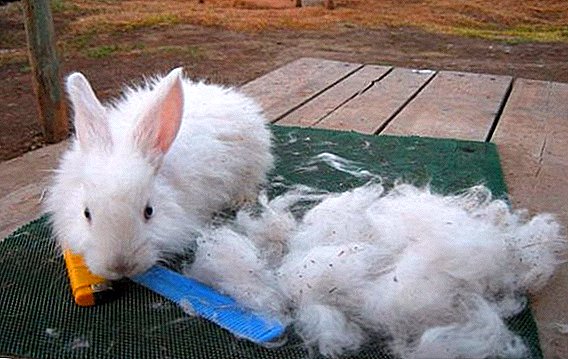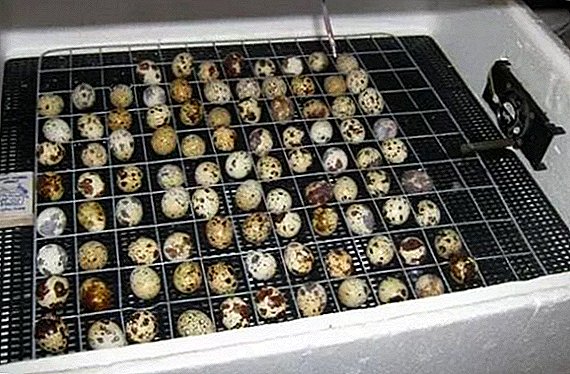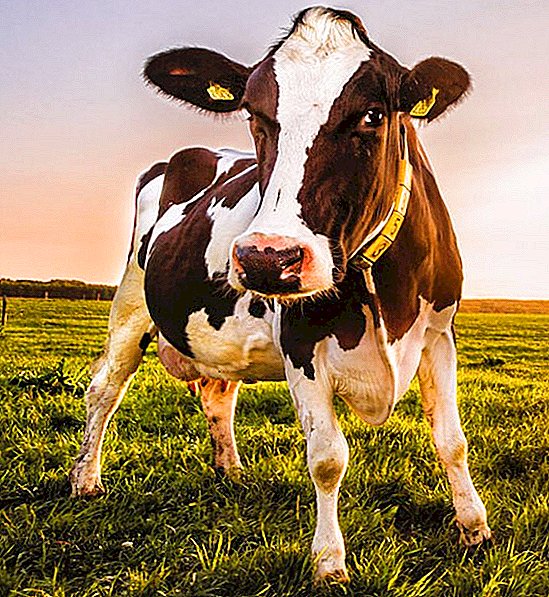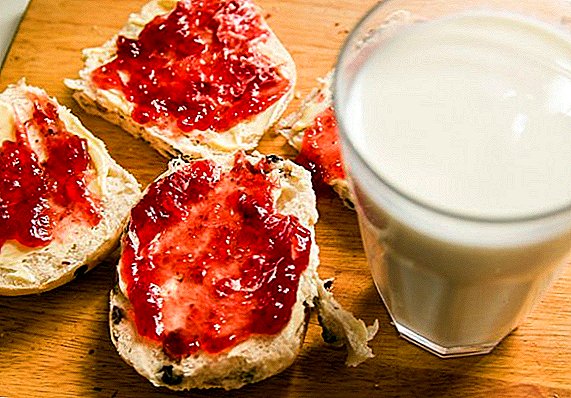 Cow's milk is very useful for humans, and especially for children. It has a lot of protein, which is an important material for creating new cells, and this drink also has useful vitamins and trace elements that help maintain a normal state of the body. Home-made milk is considered more useful, as the owners take care of the cow and make sure that its food is balanced and as natural as possible. But few people know that the milk from the domestic cow will not be consumed immediately, but only after some time has passed.
Cow's milk is very useful for humans, and especially for children. It has a lot of protein, which is an important material for creating new cells, and this drink also has useful vitamins and trace elements that help maintain a normal state of the body. Home-made milk is considered more useful, as the owners take care of the cow and make sure that its food is balanced and as natural as possible. But few people know that the milk from the domestic cow will not be consumed immediately, but only after some time has passed.
When milk appears after calving
Cow lactation begins in each individual individually. In most cases, a few days before delivery, colostrum appears - yellow liquid with a thick consistency. During the production of this fluid, the udder of the pregnant animal increases in size, but its structure remains elastic and soft, not solid.
Colostrum contains a high concentration of proteins and can even be used for cooking or consumed clean, but the smell and taste of this liquid are rarely liked by humans. This secret of the mammary glands continues to be produced in the first days after birth, and then is replaced by transitional milk, which is then replaced with a mature form.
Colostrum is extremely important for the calf, in particular its direct reception in the first hours of life. It is necessary to start the digestive system, colonization of the intestinal lactic acid bacteria.
Important! If colostrum does not appear after the calving, then it is necessary to replace it with a homemade surrogate: 1 liter of fresh milk should be mixed with two chicken eggs, ten grams of salt and fifteen grams of fish oil. This mixture must be given to the calf four times. a day for a week until the cow has its own milk.Mature milk appears in an animal from the seventh day after birth. Milk cows can be milked after two hours from the moment of delivery in order not to provoke congestive processes in the mammary glands.

Milk consumption after calving
You can drink milk from the seventh day after calving, but some owners also use colostrum, boiling it to the consistency of a souffle.
How much milk does a cow give after a calf is born
The productivity of a dairy cow depends not only on the host's care and nutrition, but also on its breed, season and age. For example, lactation activity decreases during the cold season, which is why the pregnancy is planned mainly for the winter.
Did you know? The record holders of dairy production are females of Holstein and Yaroslavl breeds, who are able to produce 40 liters per day.
Lactation also depends on the number of past pregnancies, thus the amount of milk produced is increased by the fifth pregnancy. For comparison,: the primipara will produce from 7 to 9 liters of milk secrets, while the calf, who have repeatedly calves, produce an average of 12 liters per day. 
How to distribute a cow
Dispensing is a process that involves actively milking the heifer after her calving. Distribution is carried out in order to preserve the productivity of issuing a lactation product after the birth of a calf, since many cows after calving decrease the number of milk yields or the milk disappears completely.
For distribution, the female steak is prepared in advance, immediately after mating, increasing the amount of food. Enhanced nutrition is necessary in order for the cow to give birth to enough nutrients. Distribution lasts for three months after the birth of a calf.
Important! The process of distribution includes three components: abundant feeding, massage of the udder and regular milking.
During the first four weeks the cow is milked 4-5 times a day.
Possible problems
Of course, there are various troubles during lactation. The most common are such difficulties as a small amount or lack of milk, as well as udder swelling. 
The cow gives little milk
Reduced milk flow is also known as hypogalactia. It appears due to two main reasons: incorrect milking procedure or health problems.
Did you know? The cow has been present in the household of a person for the past 8 thousand years.
Observe the following rules when milking a cow:
- Make a strict schedule for the collection of milk yields and follow it to burenka entered the rhythm of issuing milk secrets.
- Two hours before the milking procedure, give the animal a lactation-stimulating feed.
- Observe the sanitary requirements during milking, as well as in the cow’s habitat.
- Udder massage before each milking.
No milk
When the time for the start of lactation has come, but the long-awaited fluid is not there, then your cow is undergoing an agalactia process.  Basically, there are three reasons why a cow does not give milk yield:
Basically, there are three reasons why a cow does not give milk yield:
- inflammatory diseases of the body;
- failure of the milk reflex reflex;
- poor nutrition burenki.
Find out what the milk production of cows is; why milk has an unpleasant smell, bitter taste, has blood splashes; how to give milk to a calf; how to keep the calf in the suction.
Udder edema
Edema is called swelling of the udder, which is formed as a result of impaired blood and lymph circulation in the udder cavity of the animal as a result of gestation and childbirth. Occurs in those females who, at the beginning of pregnancy, rarely walked, and also in the diet of which juicy and acidic foods prevailed.
In cows, alternating halfway edema is often observed. Due to the fact that the edematous fluid clamps the tissues, as well as blood and lymphatic vessels, the animal may experience inflammation of the mammary gland, as well as induction of the udder as a possible complication of mastitis.
If the edema of a cow does not go away within ten days after calving, then it is worth contacting the veterinarian for appropriate treatment. 
So, if you follow the general rule, you can drink milk on the eighth day after calving. As you can see, the health of the animal and the quality of the milk it produces depends on the efforts of the host.
Reviews

At all . if the udder is not hot and not painful and the milk is not clotted, this is normal. Normal postpartum edema, because you and it seems that she does not pass all the milk. If you let the calf in, he can push her so hard to such an udder that mastitis would not develop.
In such cases, the usual measures used - soap soap and leave, you can smear with camphor ointment, you can red clay. It is not necessary to do a very active massage, and you don’t need to milk too often. Just make sure that the udder does not become hot and painful.














